
Massive protests against Alexander Vucic’s Serbian Government culminated on Saturday 15 March. BBC reports: “325,000 – if not more – had gathered, making it Serbia’s largest protest ever”. See this.
See also this video clip (21-second mass-demo in Belgrade on 15 March 2025) on “X” by Megatron.
.
.
.
.
President Vucic was first democratically elected in 2017 and reelected in 2022.
The protests followed months of student unrests against supposed corruption and government negligence in Serbia. Allegedly, the demonstrations were ignited by the collapse of a concrete canopy at the Novi Sad railway station in November 2024, which resulted in 15 deaths.
Public outrage ensued with demands for those responsible to be held accountable (RT, 15 March 2025).
President Vucic called the protests a “Color Revolution.” Indeed, these protests have all the signs of a typical Color Revolution. On an earlier occasion, Vucic pointed the finger at (now defunct) USAID, NED (National Endowment for Democracy – a neocon cover for US Secret Services) and EED (the European sidekick of NED).
They catch on to specific events for which the government can be made responsible and then build it up with propaganda and general accusations of corruption – is there a country free of corruption? – and bingo, for the people-at-large, the protests are justified.
Such revolutionary protests are usually co-financed and often initiated by Soros Foundations and start with student protests. The true reason behind the attempted foreign seeded Serbian Color Revolution has nothing or little to do with the collapse of the Novi Sad railway station, but rather with the artificial country called Kosovo carved out – stolen – from Serbia by the US for her NATO purposes.
Brief History of Kosovo
Kosovo was an autonomous province within Serbia. After the break-up of the former Yugoslavia in the 1990s – compliments of then-US President Clinton – Serbia responded to separatist pressure by the Albanian population, which was ended by an atrociously deadly NATO military intervention in 1999.
Following this event and until 2008, Kosovo Province was administered by the UN.
In 2004, U.S. troops were part of the NATO-led Kosovo Force (KFOR) which included troops from 39 countries. The mission, prepared already after the NATO Kosovo slaughter in 1999, was known as Operation Joint Guardian. In 2004, it was renamed Operation Joint Enterprise.
The purpose of the NATO-led KFOR was establishing the region’s largest NATO base in Kosovo, Camp Bondsteel, which for the US Army became the Regional Command East. The UK military presence in Kosovo is also part of Camp Bondsteel from where the NATO Strategic Reserve Force (SRF) is deployed, and “surveys” the region, i.e. former Yugoslavia and beyond.
.
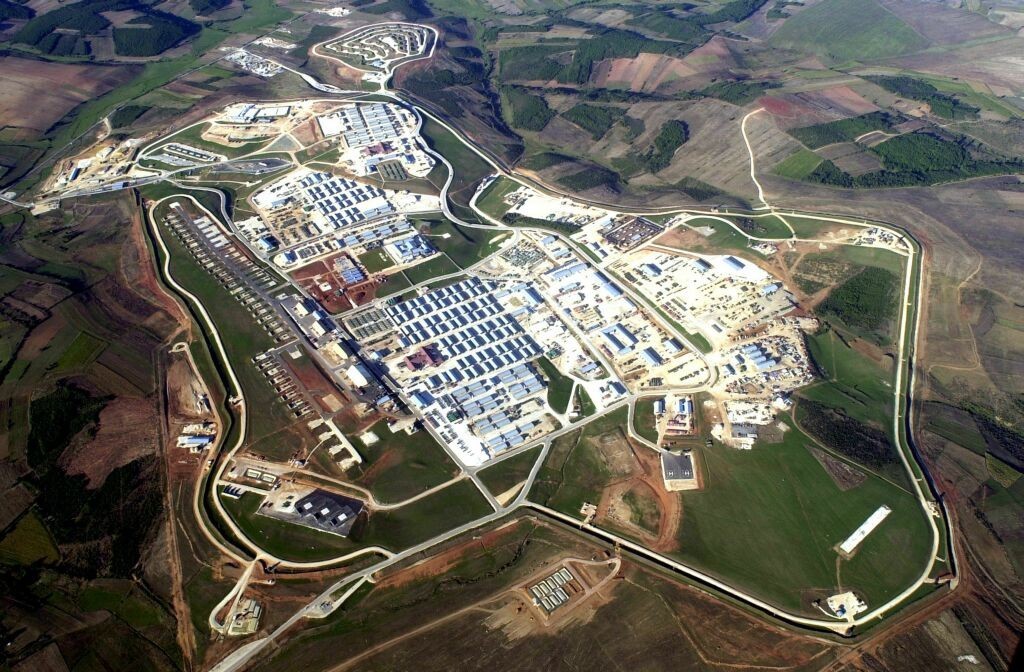
Aerial photo of Camp Bondsteel, KFOR, Task Force Falcon Public Affairs Office (Public Domain)
.
While Kosovo has a significant NATO presence, Kosovo per se is not a NATO member, but since her establishment in 2008, Kosovo would like to become a NATO member.
Kosovo is under the protection of NATO’s KFOR mission, which includes troops from various countries including the United States.
Compare Belgrade’s reaction to NATO in Kosovo with that of Moscow, with NATO presence in Ukraine, and Ukraine applying for NATO membership.
Kosovo declared its independence from Serbia on February 17, 2008, and its new constitution became effective on June 15, 2008.
In 2008, when Kosovo, prompted by Washington and Brussels, declared independence unilaterally, then-Serbian President Boris Tadić said that Serbia would never recognize an independent Kosovo.
He stated the problem of Kosovo was not solved by the declaration of independence; that the decade-long conflict between Serbs and Albanians continued existing. He intimated that the seemingly never-ending skirmish served as a pretext for foreign interventions in Serbia.
Today, Kosovo is recognized as an independent state by approximately 100 countries (out of 193 UN members). Serbia and many other countries, including Russia and China, both veto holders in the UN Security Council, do not recognize Kosovo’s independence.
Except for Bosnia and Herzegovina, and Serbia, the former Yugoslav republics were all coerced by the West to recognize Kosovo. However, EU members Spain, Romania, Greece, Cyprus, and Slovakia do not.
Saturday’s demonstration was reminiscent of those in the 1990s that led to the fall of former President Slobodan Milosevic in 2000. All day long, the students, joined by Serbians of all ages, took to the streets of Belgrade in an atmosphere that remained largely peaceful. See this.
If the Color Revolution were to succeed, the West would put a Kosovo/NATO-friendly puppet into Serbian leadership. This would most likely not go down well with the 6.7 million Serbs, and could result in civil war-like unrest – which is not in the interest of the West.
Serbian President Vucic stated that he is ready for new elections within the next three to four months, if the opposition demands it. He speculated that these elections would result in an even more convincing victory for him. See this.
This remains to be seen. Western influence, as we know it, will not just “go away.” But by then, people will be awake and aware of the true interests of the West in dominating Serbia, by making Kosovo a powerful NATO hub – in the midst of former Yugoslavia.
For Peace in the world – NATO must be abolished.
*
Click the share button below to email/forward this article. Follow us on Instagram and X and subscribe to our Telegram Channel. Feel free to repost Global Research articles with proper attribution.
Peter Koenig is a geopolitical analyst and a former Senior Economist at the World Bank and the World Health Organization (WHO), where he worked for over 30 years around the world. He is the author of Implosion – An Economic Thriller about War, Environmental Destruction and Corporate Greed; and co-author of Cynthia McKinney’s book “When China Sneezes: From the Coronavirus Lockdown to the Global Politico-Economic Crisis” (Clarity Press – November 1, 2020).
Peter is a Research Associate of the Centre for Research on Globalization (CRG). He is also a non-resident Senior Fellow of the Chongyang Institute of Renmin University, Beijing.
Featured image: Student protest on Slavija square, 8 March 2025; Photo: Protesti.pics/Gavrilo Andrić
Global Research is a reader-funded media. We do not accept any funding from corporations or governments. Help us stay afloat. Click the image below to make a one-time or recurring donation.
Counter Information publish all articles following the Creative Commons rule creative commons. If you don't want your article to appear in this blog email me and I will remove it asap.








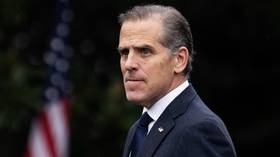
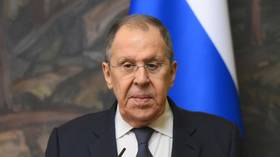

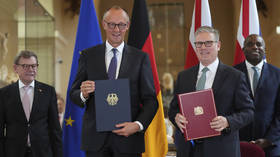
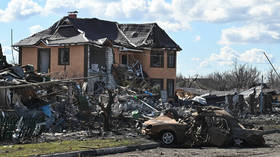
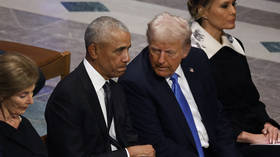
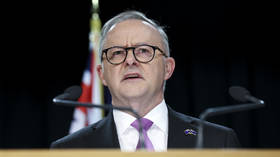
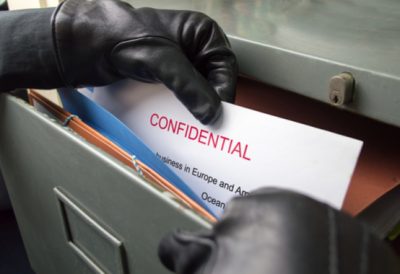



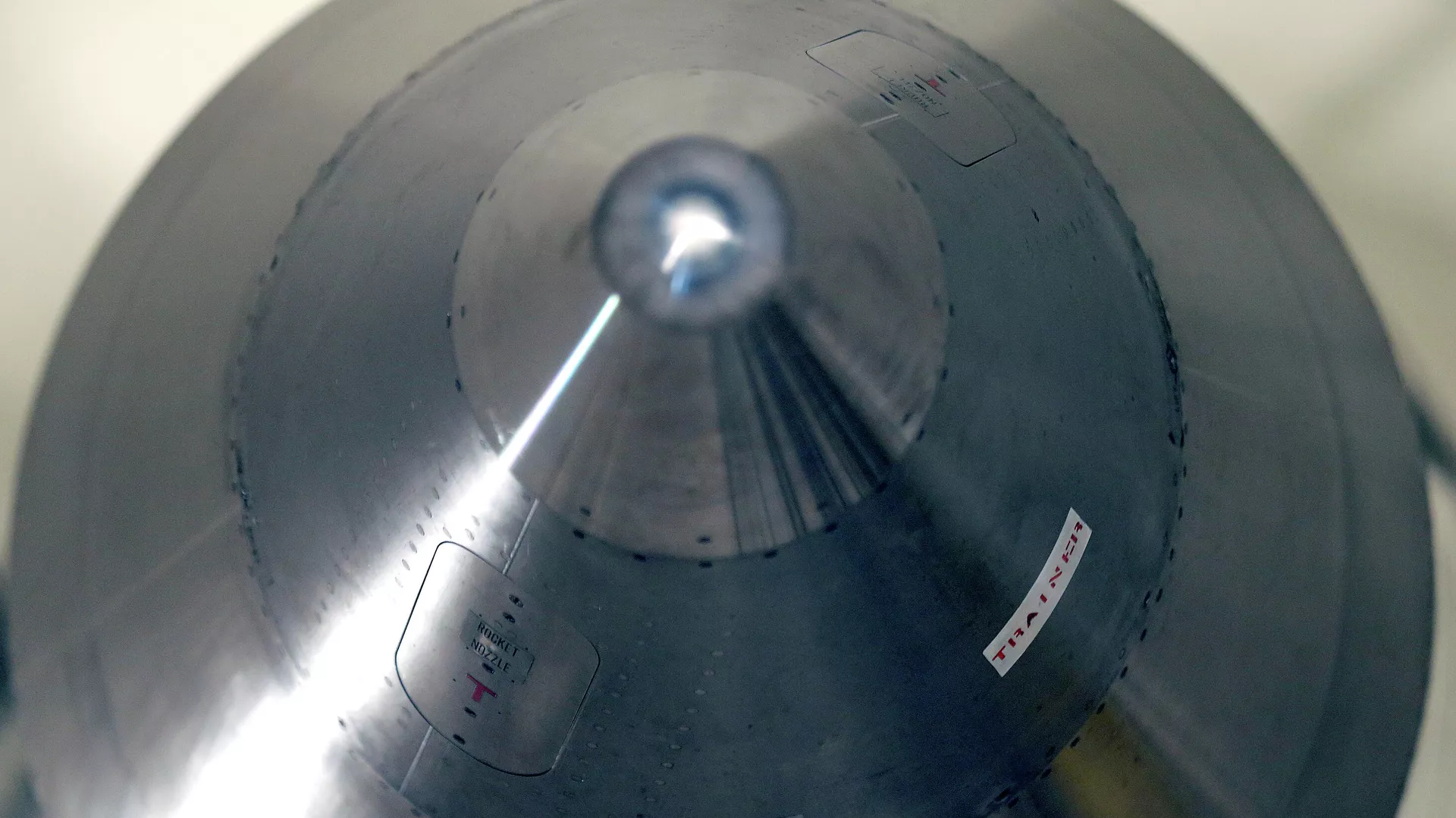
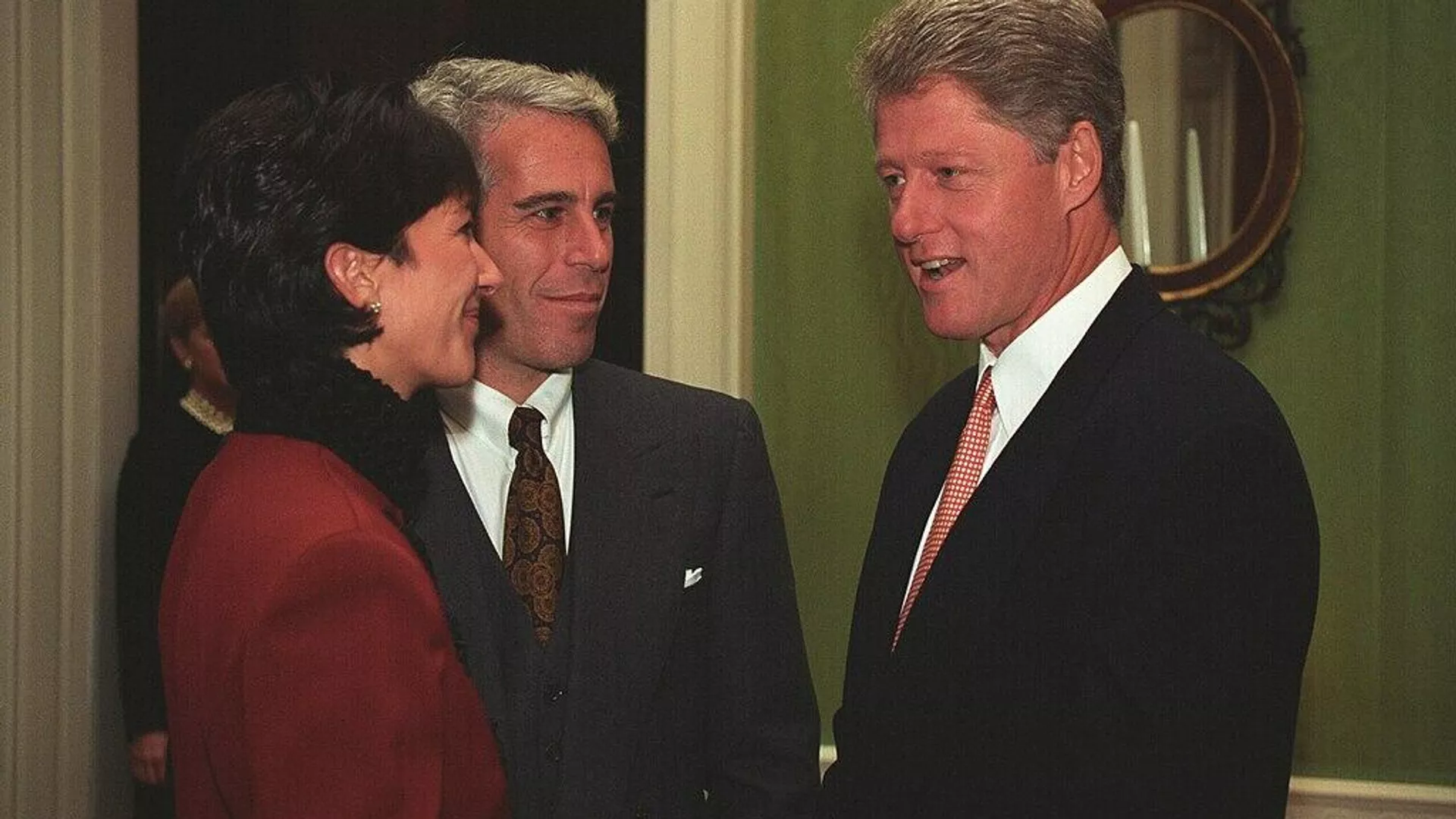
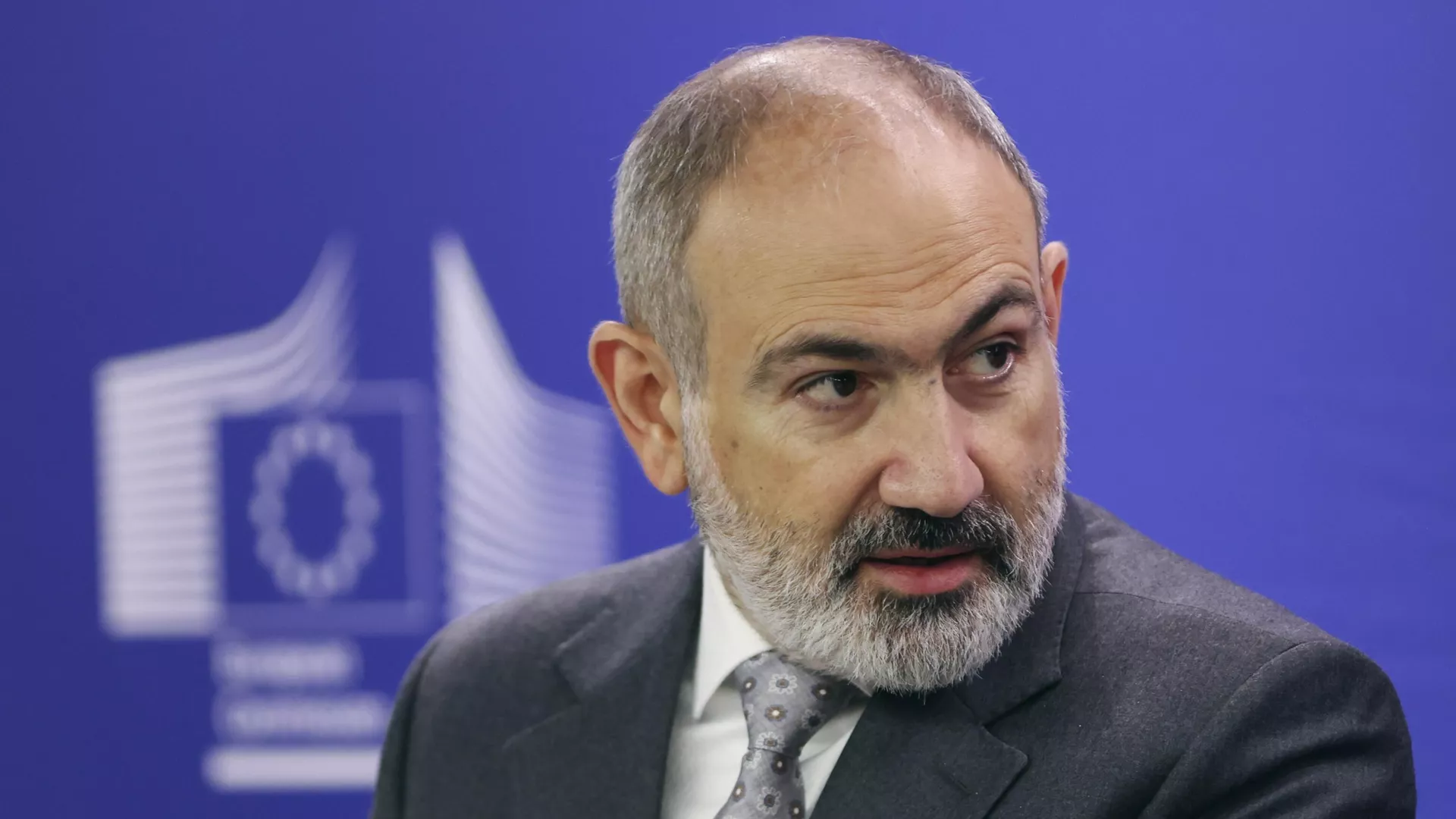




















No comments:
Post a Comment